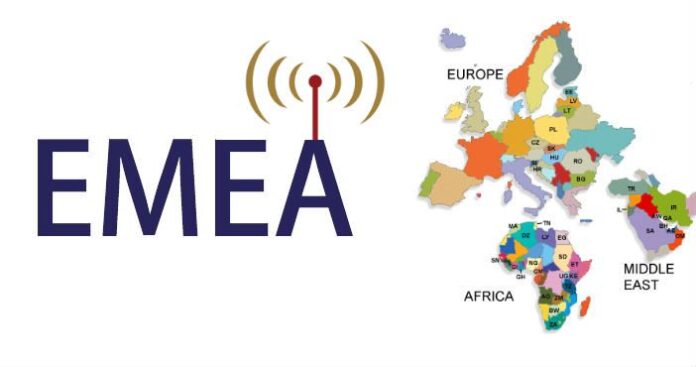Claudia Bacco, Managing Director – EMEA, has spent her entire career in telecom, IT and security. Having experience at an operator, software and hardware vendors and as a well-known industry analyst, she has many opinions on the market. She’ll be sharing those opinions along with ongoing trend analysis for RCR Wireless News through daily contributions going forward.
As more and more smartphone players get involved in the connected car space, the discussion grows around where the control for the connected car customer experience comes from. Is it the smartphone, the vehicle itself or some combination of the two?
According to the GSMA, more than 20% of vehicles sold in 2015 worldwide will include some form of embedded connectivity solutions. In addition, more than 50% of vehicles will be connected either via these embedded solutions, a smartphone or a tethered integration. 100% of all cars worldwide will be connected by 2025.
The smartphone operating system players are taking this opportunity very seriously. Earlier this year Google announced the Open Automotive Alliance. This is a global alliance between the giants of the automotive industry and technology leaders. Their combined vision is to start offering Android platforms in cars this year. And they’ve got the clout to make it happen.
Through an open development model using a common platform, automakers can offer more functionality and infotainment options to their drivers, an enhanced customer experience and ensure this occurs in a safe manner while the vehicle is in motion.
Founding members along with Google include Audi, General Motors, Honda Hyundai and Nvidia. The membership list is quite long and includes marquee names in both the automotive and tech industry. From the automotive side members include: Bentley, Fiat, Chrysler, Ford, Infiniti, Maserati, Mazda, Mitsubishi, Nissan, Renault, Seat, Škoda, Subaru, Suzuki, Volkswagen and Volvo. And from the tech industry: Alpine, Clarion, CloudCar, Delphi, Freescale, Fujitsu Ten, Harman, JVCKenwood, LG, Panasonic, Parrot, Pioneer, Renesas, Symphony and Teleca.
The Android Auto platform allows access to navigation, music and phone apps by connecting your smartphone. The apps that are currently provided include multiple music apps, news, sports, podcasts and Google maps.
Not to be outdone, Apple launched CarPlay, which is also coming to cars in 2014. Ferrari, Honda, Hyundai, Mercedes-Benz and Volvo are already launching and work with the series of iPhone 5 devices. Similar to Google, there is a long list of automotive and technology players on board. In addition to those already listed above from the automotive industry, the Apple group has attracted: Alfa Romeo, BMW, Chevrolet, Dodge, Jaguar, Jeep, Kia, Land Rover, Peugeot, Ram, Subaru and Toyota.
CarPlay includes similar functionality as the Google offer, with access to Apple Maps, various music, news, sports and podcasts apps. But Apple also has its Siri voice service, which you can ask to do things for you including reading your incoming text messages along with sending outgoing ones.
Both of these efforts are focused on newer cars, but what about older ones? Don’t worry, you aren’t left out in the cold. Both Alpine and Pioneer are involved in the Google and Apple efforts in order to allow for aftermarket solutions that will work in conjunction with these smartphones.
Nokia Here has already been in the market for some time supporting advanced navigation functionality and music with Android and Windows-powered only. Toyota and BMW support Here functionality. But the most interesting item of note related to Nokia was their announcement earlier in the summer of a $100 million fund for the advancement of their efforts in connected cars.
BlackBerry is actually already a strong player in this space through their acquisition of QNX. This operating system is actually the underlying platform for solutions such as OnStar and already in use by BMW, Ford and Porsche. The software also works with Android and Apple iOS. Stay tuned for future coverage specific to QNX in the coming weeks.
What about the automakers themselves. BMW has their own app store called BMW Mobile Apps. It’s a mix of BMW specific, navigation and entertainment apps that work in conjunction with iPhone and Android devices. It also offers traditional infotainment apps you would see in the app stores of each of these players respectively.
There’s still a lot of work to be done here and huge opportunities for innovation. One industry pundit even theorized a few weeks ago that in the future car buying decisions could be based on your smartphone choice. Well, I’m not sure I’d go that far, but with all the industry heavyweights involved, I believe as consumers we have a future filled with innovation in front of us.

EMEA: Driving your smartphone to work
ABOUT AUTHOR
